Google’s philanthropy arm is setting aside millions of dollars for European nonprofits to train workers how to use AI. But it’s unclear whether AI training will help save jobs.
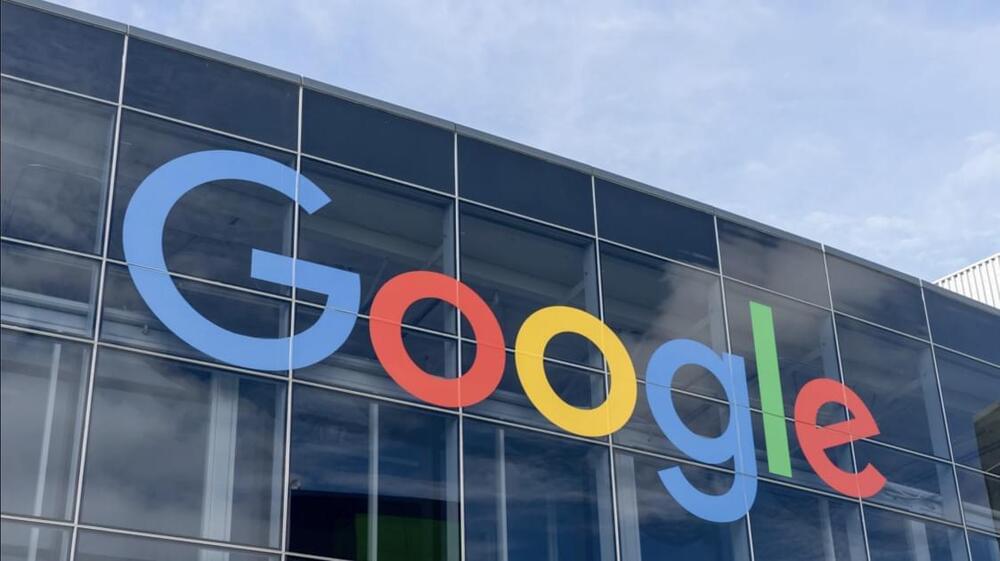


Tissue contamination distracts AI models from making accurate real-world diagnoses. Human pathologists are extensively trained to detect when tissue samples from one patient mistakenly end up on another patient’s microscope slides (a problem known as tissue contamination). But such contamination can easily confuse artificial intelligence (AI) models, which are often trained in pristine, simulated environments, reports a new Northwestern Medicine study.
“We train AIs to tell ‘A’ versus ‘B’ in a very clean, artificial environment, but, in real life, the AI will see a variety of materials that it hasn’t trained on. When it does, mistakes can happen,” said corresponding author Dr. Jeffery Goldstein, director of perinatal pathology and an assistant professor of perinatal pathology and autopsy at Northwestern University Feinberg School of Medicine.
“Our findings serve as a reminder that AI that works incredibly well in the lab may fall on its face in the real world. Patients should continue to expect that a human expert is the final decider on diagnoses made on biopsies and other tissue samples. Pathologists fear — and AI companies hope — that the computers are coming for our jobs. Not yet.”

We are witnessing a professional revolution where the boundaries between man and machine slowly fade away, giving rise to innovative collaboration.
Photo by Mateusz Kitka (Pexels)
As Artificial Intelligence (AI) continues to advance by leaps and bounds, it’s impossible to overlook the profound transformations that this technological revolution is imprinting on the professions of the future. A paradigm shift is underway, redefining not only the nature of work but also how we conceptualize collaboration between humans and machines.
As creator of the ETER9 Project (2), I perceive AI not only as a disruptive force but also as a powerful tool to shape a more efficient, innovative, and inclusive future. As we move forward in this new world, it’s crucial for each of us to contribute to building a professional environment that celebrates the interplay between humanity and technology, where the potential of AI is realized for the benefit of all.
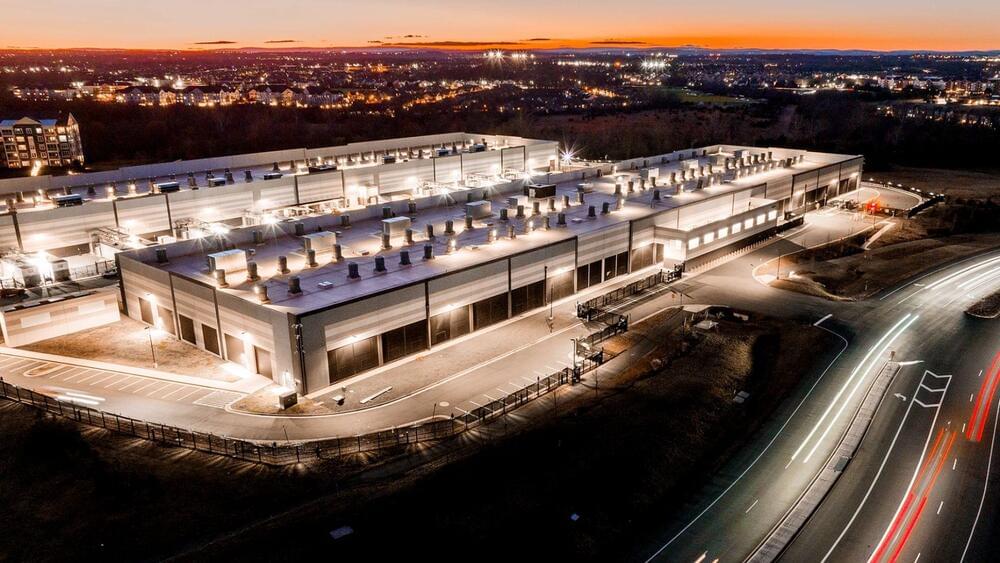
“It’s the single largest capital investment that has ever been made in the state of Mississippi – by a lot.”
On Thursday, 25th January, Amazon Web Services (AWS) announced plans for a monumental $10 billion investment in Mississippi— the single largest capital investment in the state’s history.
Amazon Web Services invests $10 billion in Mississippi, building two data centers, creating jobs, and fostering community development and sustainability.
In a 1938 article, MIT’s president argued that technical progress didn’t mean fewer jobs. He’s still right.
This can free humans from taking on those tedious — and potentially dangerous — jobs, but it also means manufacturers need to build or buy a new robot every time they find a new task they want to automate.
General purpose robots — ones that can do many tasks — would be far more useful, but developing a bot with anywhere near the versatility of a human worker has thus far proven out of reach.
What’s new? Figure thinks it has cracked the code — in March 2023, it unveiled Figure 1, a machine it said was “the world’s first commercially viable general purpose humanoid robot.”

A team of MIT researchers has found that in many instances, replacing human workers with AI is still more expensive than sticking with the people, a conclusion that flies in the face of current fears over the technology taking our jobs.
As detailed in a new paper, the team examined the cost-effectiveness of 1,000 “visual inspection” tasks across 800 occupations, such as inspecting food to see whether it’s gone bad. They discovered that just 23 percent of workers’ total wages “would be attractive to automate,” mainly because of the “large upfront costs of AI systems” — and that’s if the automatable tasks could even “be separated from other parts” of the jobs.
That said, they admit, those economics may well change over time.
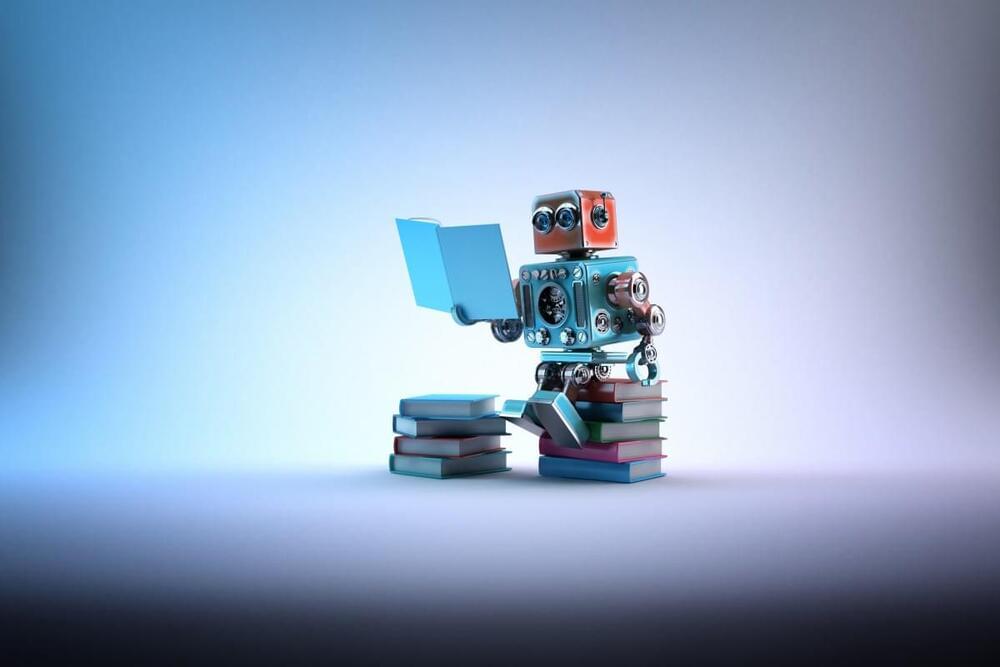
Will AI automate human jobs, and — if so — which jobs and when?
That’s the trio of questions a new research study from MIT’s Computer Science and Artificial Intelligence Laboratory (CSAIL), out this morning, tries to answer.
There’s been many attempts to extrapolate out and project how the AI technologies of today, like large language models, might impact people’s’ livelihoods — and whole economies — in the future.
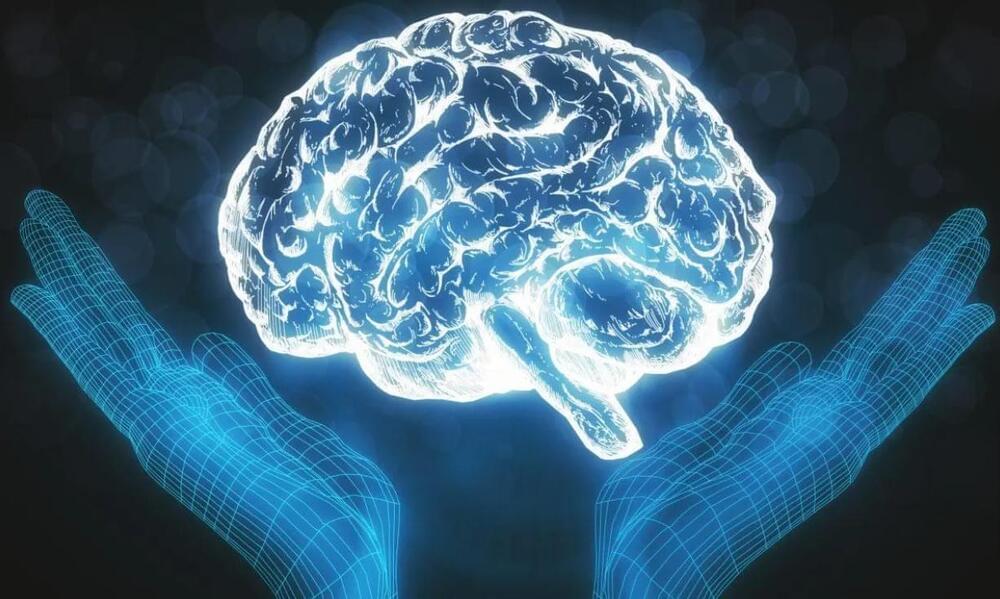
A report by the Massachusetts Institute of Technology (MIT) has revealed that it is still cheaper to use humans for certain jobs than artificial intelligence (AI).
This comes amid concerns that AI will replace many jobs currently handled by humans. The report suggests that AI cannot replace the majority of jobs in cost-effective ways at present.
In a study addressing fears about AI replacing humans in various industries, MIT established that using AI to replace humans is only profitable in a few industries.
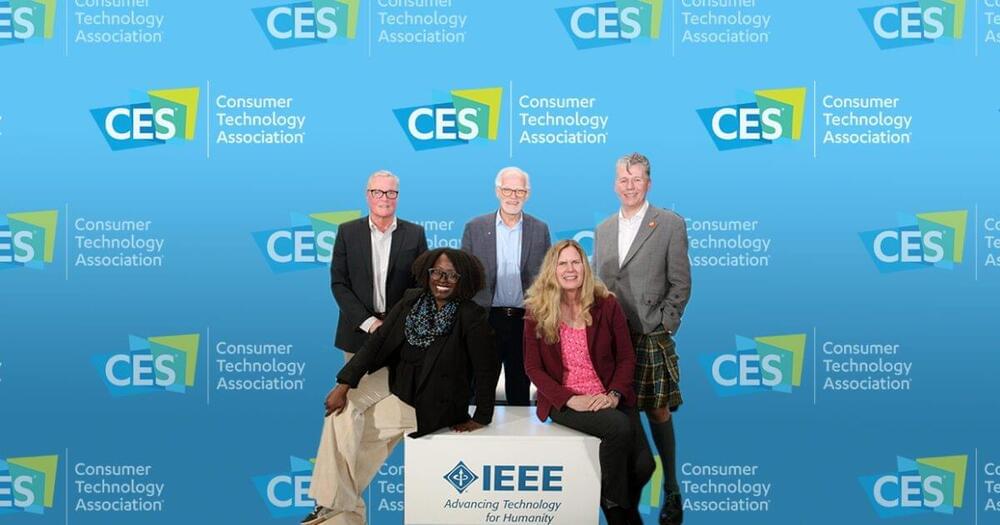
The nature of work is evolving at an unprecedented pace. The rise of generative AI has accelerated data analysis, expedited the production of software code and even simplified the creation of marketing copy.
Those benefits have not come without concerns over job displacement, ethics and accuracy.
At the 2024 Consumer Electronics Show (CES), IEEE experts from industry and academia participated in a panel discussion discussing how the new tech landscape is changing the professional world, and how universities are educating students to thrive in it.